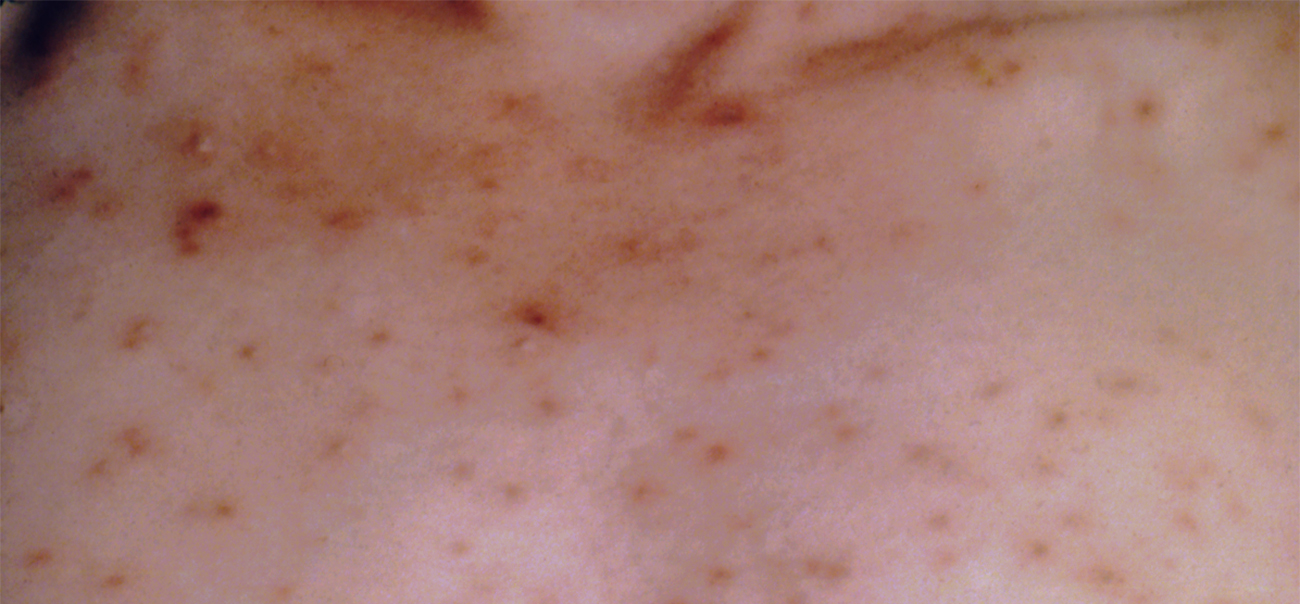

Despite relatively constant exposure to pathogenic microbes in the environment, humans do not generally suffer from constant infection or disease. Under most circumstances, the body is able to defend itself from the threat of infection thanks to a complex immune system designed to repel, kill, and expel disease-causing invaders. Immunity as a whole can be described as two interrelated parts: nonspecific innate immunity, which is the subject of this chapter, and specific adaptive host defenses, which are discussed in the next chapter.
The nonspecific innate immune response provides a first line of defense that can often prevent infections from gaining a solid foothold in the body. These defenses are described as nonspecific because they do not target any specific pathogen; rather, they defend against a wide range of potential pathogens. They are called innate because they are built-in mechanisms of the human organism. Unlike the specific adaptive defenses, they are not acquired over time and they have no “memory” (they do not improve after repeated exposures to specific pathogens).
Broadly speaking, nonspecific innate defenses provide an immediate (or very rapid) response against potential pathogens. However, these responses are neither perfect nor impenetrable. They can be circumvented by pathogens on occasion, and sometimes they can even cause damage to the body, contributing to the signs and symptoms of infection ([link]).
Angela, a 25-year-old female patient in the emergency department, is having some trouble communicating verbally because of shortness of breath. A nurse observes constriction and swelling of the airway and labored breathing. The nurse asks Angela if she has a history of asthma or allergies. Angela shakes her head no, but there is fear in her eyes. With some difficulty, she explains that her father died suddenly at age 27, when she was just a little girl, of a similar respiratory attack. The underlying cause had never been identified.
Jump to the next Clinical Focus box.

You can also download for free at http://cnx.org/contents/e42bd376-624b-4c0f-972f-e0c57998e765@5.3
Attribution: